It is estimated that 10–28% of women will experience vulvodynia in their lifetime1. Often women have undiagnosed or misdiagnosed symptoms for months or even years.
What is vulvodynia and vulvar pain?
In 2015, the International Society for the Study of Vulvovaginal Disease (ISSVD), the International Society for the Study of Women’s Sexual Health (ISSWSH), and the International Pelvic Pain Society (IPPS) came up with new terminology was introduced to classify vulvar pain (2).
Vulvar pain can be caused by:
- Infection
- Inflammatory response
- Neoplastic
- Neurologic
- Trauma
- Iatrogenic
- Hormonal deficiencies
The committee defines vulvodynia as “vulvar pain of at least 3 months duration, without clear identifiable cause, which may have potential associated factors.” This can be broken down into categories:
- Localized to a specific spot, generalized or mixed
- Provoked by touch/pressure, spontaneous, or mixed
- Onset of symptoms are primary or secondary
- Temporal pattern (intermittent, etc)
How is it treated?
Vulvar pain stems from 2 primary channels: the musculoskeletal system and the central nervous system.
If vulvar pain persists due to musculoskeletal and myofascial restrictions, increasing flexibility through manual therapy, therapeutic exercise, and yoga can help. If vulvar pain is driven from the central nervous system, strengthening the parasympathetic nervous system response via pranayama, meditation, and gentle movement can be effective in decreasing symptoms and pain.
Medical treatments including hormonal, pharmacological, and trigger point or Botox injections have helped a lot of women.
Why yoga for vulvodynia?
Yoga offers the opportunity for slow, mindful movements with breath work and inner reflection. Yoga can increase the flexibility of both your body and your mind.
For women recovering from trauma, including medical trauma of being under-diagnosed or mismanaged, anxiety is usually present. When you have another tool in your toolbox to manage stress and anxiety caused by pelvic health concerns, you are empowered to take control of your body and retrain your brain.
- Pukall CF et al. Vulvodynia: Definition, Prevalence, Impact, and Pathophysiological Factors J Sex Med 2016; 13: 291e304
- http://www.isswsh.org/images/PDF/Consensus_Terminology_of_Vulvar_Pain.pdf
Note: As with any exercise program, please consult the appropriate medical provider. Some precautions and contraindications to specific yoga postures include uncontrolled high or low blood pressure, second and third trimester of pregnancy, recent surgery, etc.

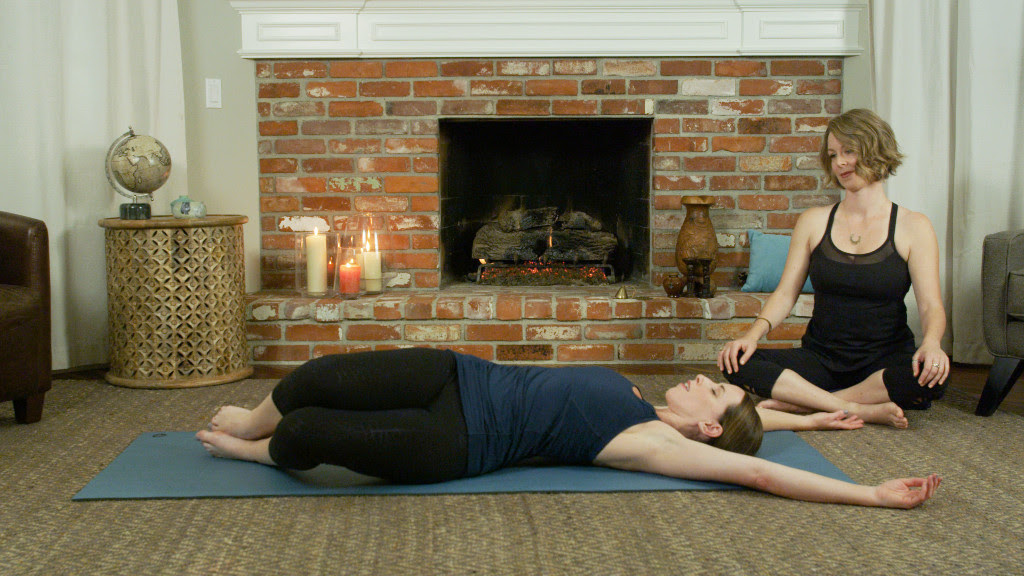
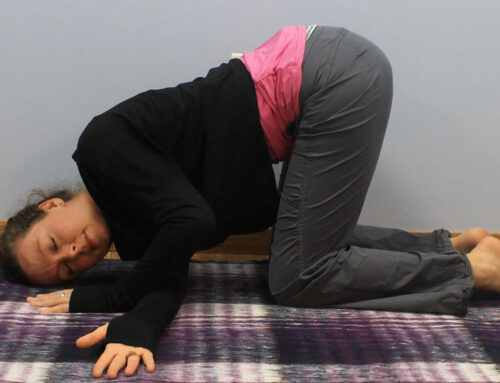
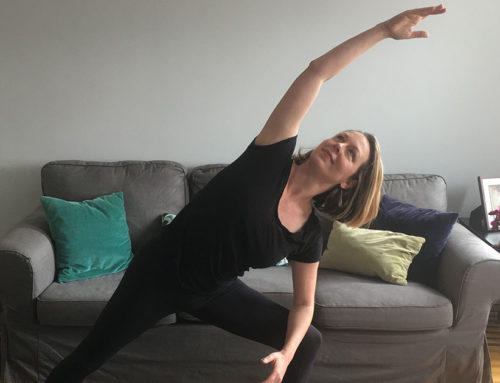
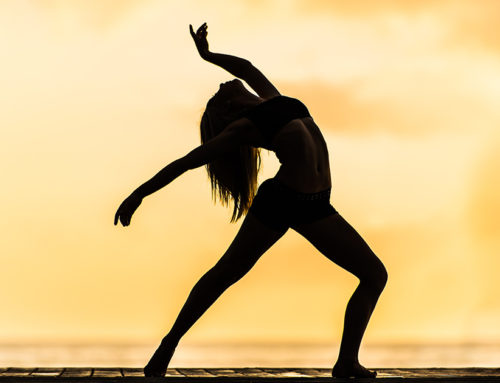
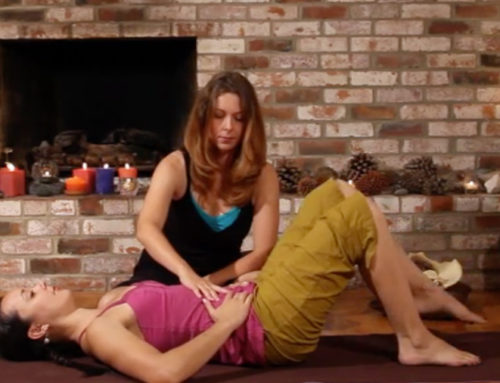
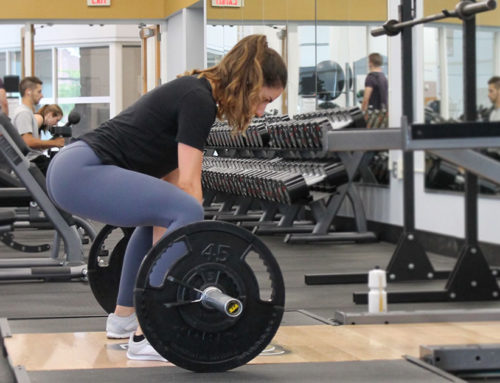
[…] Vulvodynia (also referred to as vulvar pain) […]
I have vulva pain after bastrika and kapabahlti although I use my bandahs. I don’t want to stop doing these wonderful techniques. Any ideas?
Hi!
Have you tried the techniques without the moola bandha? Keeping your pelvic floor softer during the breath work? What happens if you release consciously after the breath work?